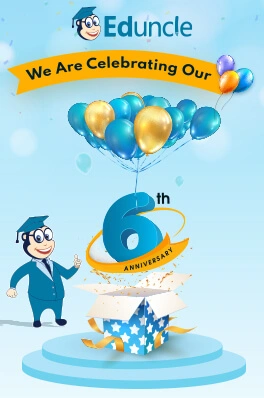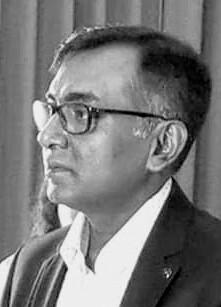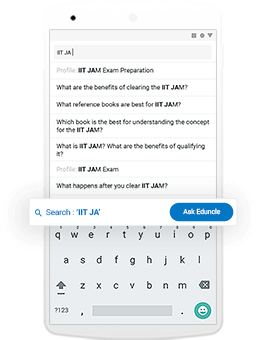Time management is very much important in IIT JAM. The eduncle test series for IIT JAM Mathematical Statistics helped me a lot in this portion. I am very thankful to the test series I bought from eduncle.
Nilanjan Bhowmick AIR 3, CSIR NET (Earth Science)- UGC NET
- English
Love peacock classified poetry into 4 groups . what are they ?
Love Peacock classified poetry into 4 groups . What are they ?
- 0 Likes
- 3 Comments
- 0 Shares
-
![comment-profile-img]() >
>
-
![comment-profile-img]() >
>
Deb dulal halder Halder
![best-answer]()
The development of poetry passed through four ages according to Peacock. (i) Iron or Bardic Age in which society was in its infancy and poets were “the sole depositories of all the knowledge of their age” (509). (ii) Golden or Homeric Age in which poetry achieved perfection by synthesizing the primitive vitality and power of the Iron Age with new knowledge and technical skill. With the emergences of history, philosophy, or science the stature of poetry declined leading to (iii) Silver or Virgilian Age, when poetry was no longer supreme but derivative, consisting of good sense and learning conveyed in “a labored and somewhat monotonous harmony of expression …” (510). Finally, there is the (iv) Brass or Nonnic Age and ends in “the second childhood of poetry’ as poetry becomes self-conscious and pseudoarchaic (511). This age refers to the romantic age, which he calls “semibarbarian” in a civilized community. The poet, in this age, lives in the days that are past. His ideas, thoughts, feelings, associations, are all with barbarous manners, absolute customs, and exploded superstitions. Peacock hold that there is a linear progress in the development of rational knowledge. This make unlikely to return to a golden age of poetry, for poetry has less and less of real experience to be concerned with.
-
![comment-profile-img]() >
>
Deb dulal halder Halder Best Answer
The Four Ages of Poetry by Thomas Love Peacock: Peacock sympathizes neoclassical critical principles and parodies Wordsworth's romantic ideas. The essay "The Four Ages of Poetry" deserves to be esteemed for its own witty insights and also because Shelley was impelled to write “Defense of Poetry” in reply to it. Peacock says everything that is artificial is anti-poetical. Peacock goes on to declare that poetry inevitably declined as the age of gold that made way to silver and then to brass
Do You Want Better RANK in Your Exam?
Start Your Preparations with Eduncle’s FREE Study Material
- Updated Syllabus, Paper Pattern & Full Exam Details
- Sample Theory of Most Important Topic
- Model Test Paper with Detailed Solutions
- Last 5 Years Question Papers & Answers
Sign Up to Download FREE Study Material Worth Rs. 500/-










 >
>








Deb dulal halder Halder
The development of poetry passed through four ages according to Peacock. (i) Iron or Bardic Age in which society was in its infancy and poets were “the sole depositories of all the knowledge of their age” (509). (ii) Golden or Homeric Age in which poetry achieved perfection by synthesizing the primitive vitality and power of the Iron Age with new knowledge and technical skill. With the emergences of history, philosophy, or science the stature of poetry declined leading to (iii) Silver or Virgilian Age, when poetry was no longer supreme but derivative, consisting of good sense and learning conveyed in “a labored and somewhat monotonous harmony of expression …” (510). Finally, there is the (iv) Brass or Nonnic Age and ends in “the second childhood of poetry’ as poetry becomes self-conscious and pseudoarchaic (511). This age refers to the romantic age, which he calls “semibarbarian” in a civilized community. The poet, in this age, lives in the days that are past. His ideas, thoughts, feelings, associations, are all with barbarous manners, absolute customs, and exploded superstitions. Peacock hold that there is a linear progress in the development of rational knowledge. This make unlikely to retun to a golden age of poetry, for poetry has less and less of real experience to be concerned with.